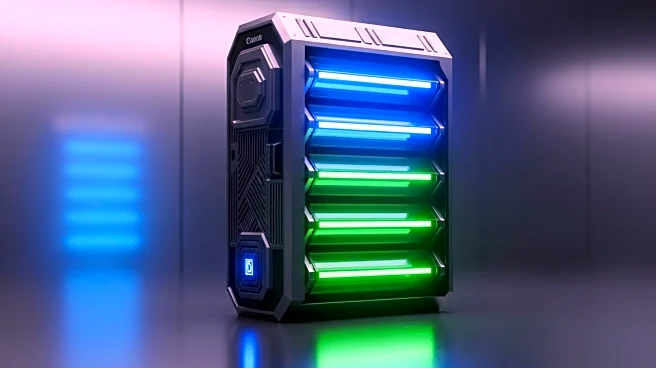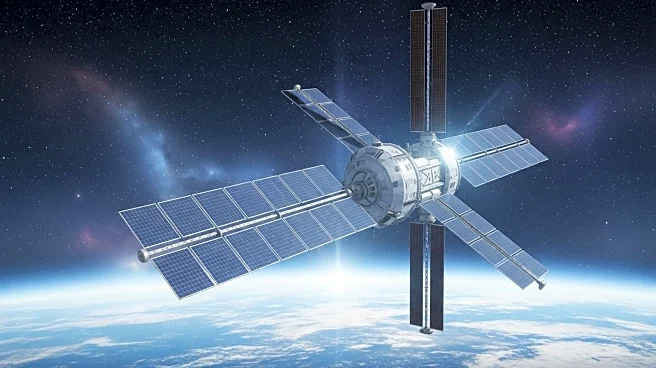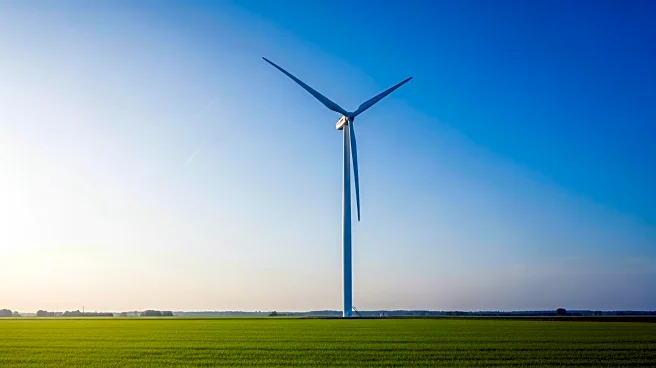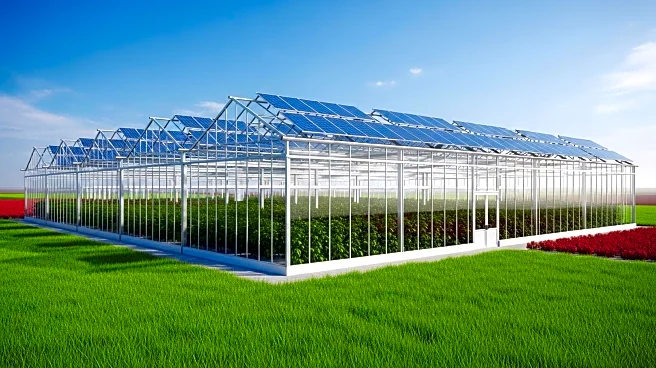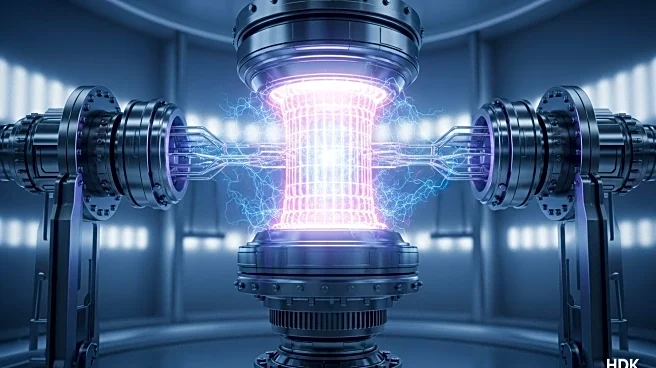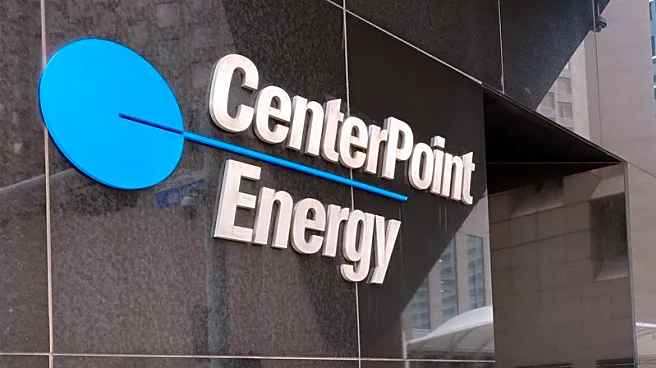What is the story about?
What's Happening?
The U.S. has seen a record increase in utility-scale battery energy storage deployments, reaching 4.9 GW/15 GWh in the second quarter of 2025, according to a report by Wood Mackenzie and the American Clean Power Association. This marks a 63% year-over-year increase. However, the report predicts a decline in deployments in 2026 due to unfavorable federal policy changes, particularly concerning foreign battery material sourcing. The report highlights that California, Texas, and Arizona accounted for 75% of the installed capacity during this period. Despite the expected downturn, the demand for energy storage remains strong as the U.S. power grid faces rising load forecasts.
Why It's Important?
The surge in energy storage deployments underscores the growing importance of renewable energy and storage solutions in the U.S. energy landscape. As the country transitions to cleaner energy sources, storage systems play a critical role in stabilizing the grid and ensuring reliable power supply. The anticipated decline in deployments due to policy changes highlights the challenges faced by the industry, including supply chain bottlenecks and trade uncertainties. These factors could impact the pace of renewable energy adoption and the ability of the U.S. to meet its climate goals.
What's Next?
The energy storage market is expected to face challenges due to new restrictions on equipment sourcing and ongoing global trade uncertainties. However, states with favorable storage policies and high load growth projections, like Arizona, are likely to remain strong markets. The residential market may see growth through emerging ownership and financing models, such as prepaid lease financing. The industry's ability to adapt to these changes will be crucial in maintaining momentum towards a sustainable energy future.
AI Generated Content
Do you find this article useful?
